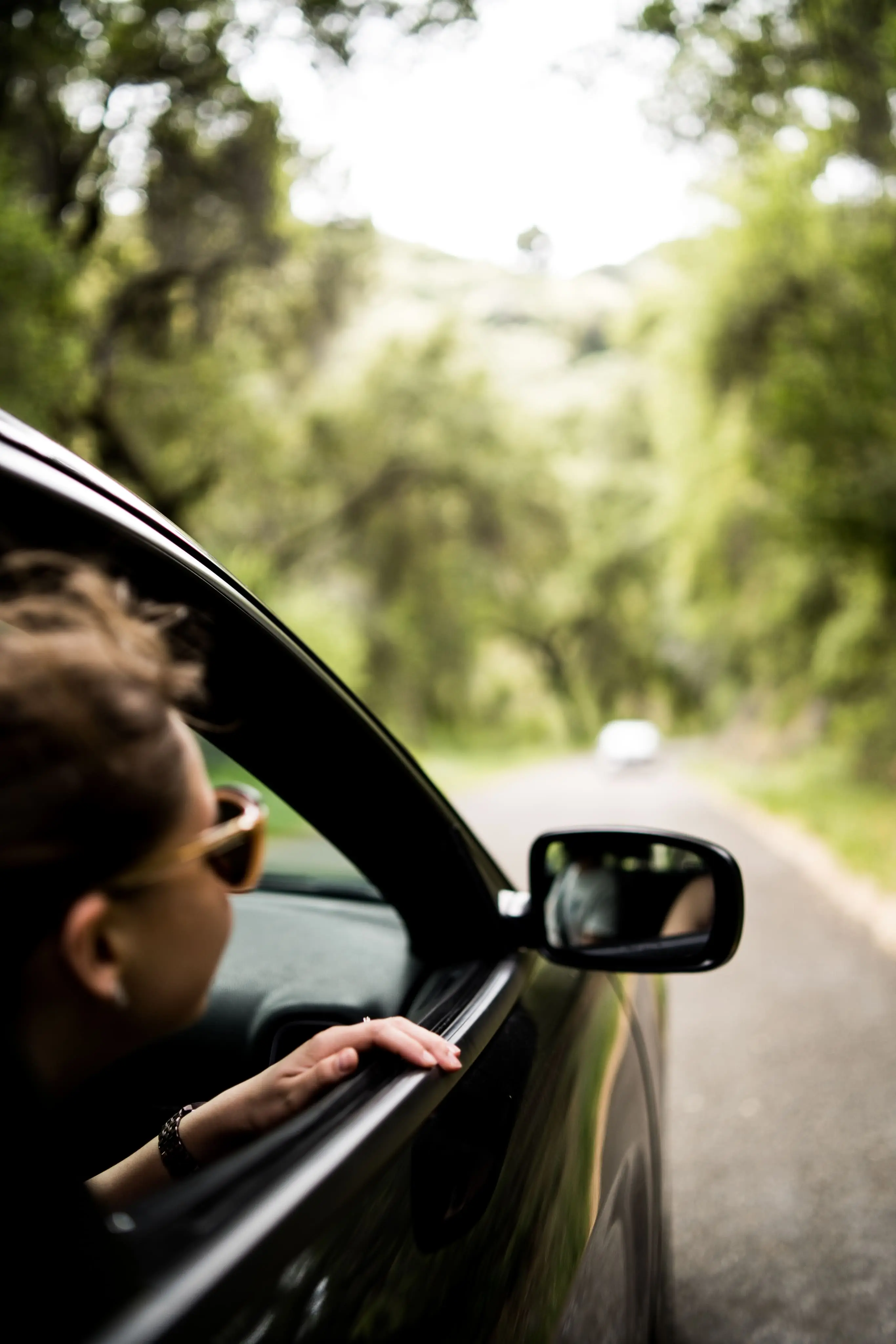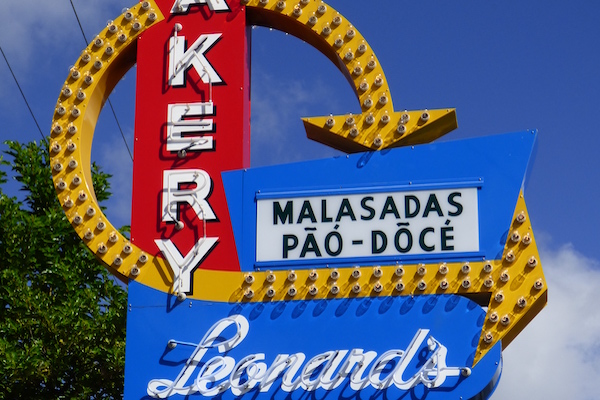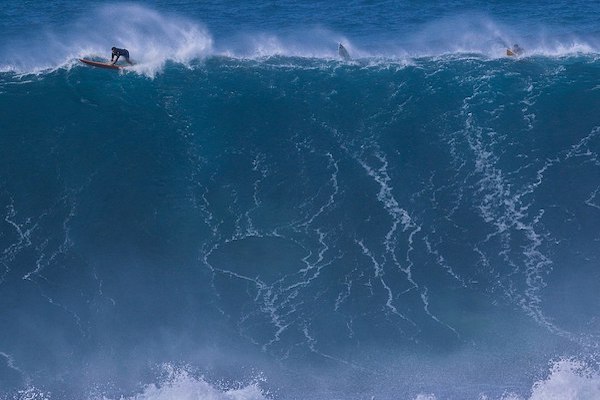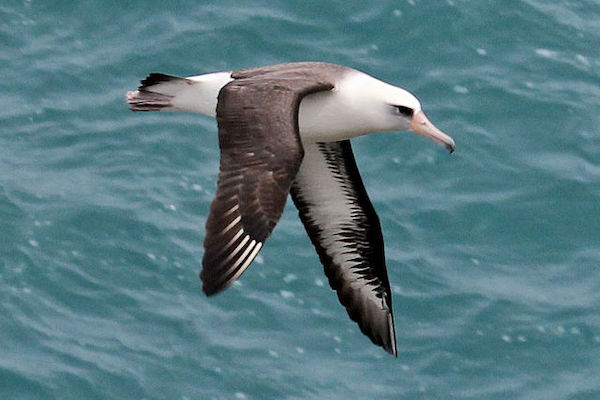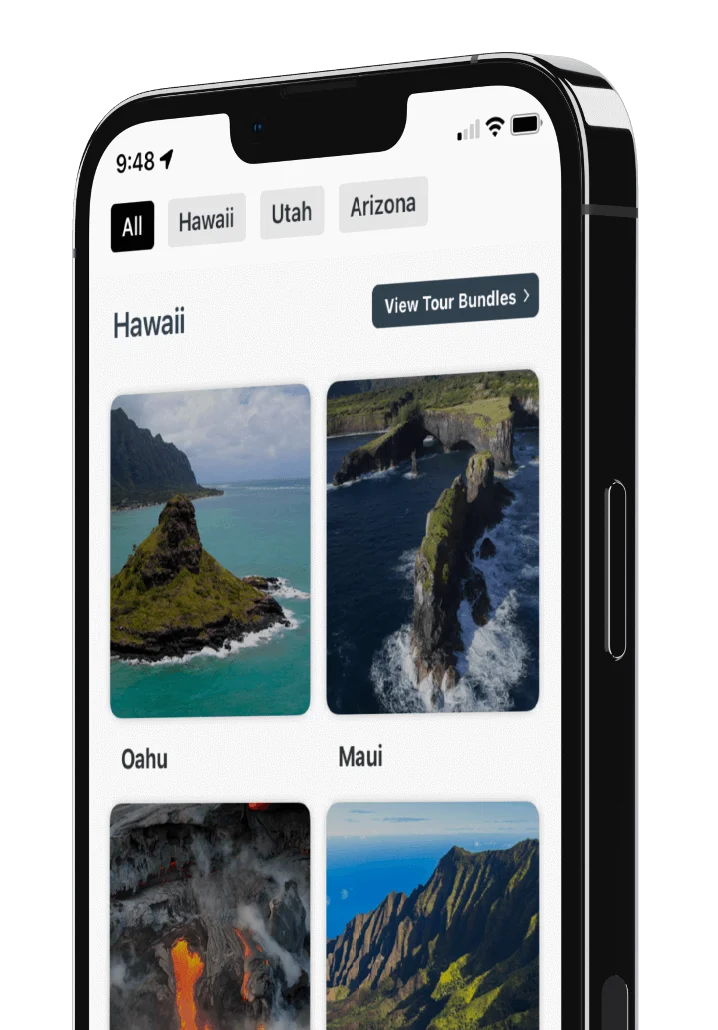
The History of Pineapple in Hawaii

LISTEN TO AUDIO SAMPLE
Despite the fact that tourism and the military supports much of the economy, agriculture still plays a big role here in Hawaii. At one time, sugarcane production was the backbone of Hawaii's economy, but the days of "king sugar" are long gone. Here on Oahu, some of the most important crops today are pineapple and coffee.
Believe it or not, pineapple is actually not originally from Hawaii. The fruit was introduced from South America, but it has been grown in Hawaii for well over a hundred years. It's a labor-intensive crop, with a single pineapple taking over a year to grow to maturity. On top of that, most pineapple plants only produce one or two fruits in their lifetime. At one time, the Hawaiian islands supplied over 90% of the world's pineapples, and although that number is much, much lower today... pineapple is still the fruit most associated with Hawaii internationally.
Of the many pineapple plantations that once operated on the Hawaiian Islands, the Dole Plantation is the most famous and is still in operation today. You can visit it on your way to the North Shore and spend a few hours learning all about the history of pineapple in Hawaii.
Dole Plantation
LISTEN TO AUDIO SAMPLE:
Once you see this awesome view of pineapple plants, You’re very near the world famous “Dole Food Company” - a multi-billion dollar conglomerate, which got started right in Hawaii. Pineapple is actually native to South America. It’s said that Christopher Columbus was the one who gave pineapple its name. “Pine” because its exterior appearance resembles a pine cone, and “apple” for its sweet and juicy taste. It takes about 2 1⁄2 years for a pineapple plant to mature and bear fruit - and each plant usually produces only two pineapples in its lifetime.
Pineapple quickly became a sensation in Europe after explorers brought it back from the Americas. It was a symbol of wealth due to the enormous cost it took to cultivate it. No one knew how exactly pineapple was introduced in Hawaii, But it wasn’t until James Dole came along in 1901, that pineapple production in Hawaii rose to an industrial scale. Dole was a fresh Harvard graduate when he came to Hawaii and saw a tremendous opportunity in this delicious fruit. With the latest technology at that time, Dole had the pineapple peeled, processed and shipped off in cans.
With lots of marketing, Dole eventually made canned pineapples a household food throughout the world. In fact, Dole’s business grew so large that he eventually purchased the island of Lanai and turned it into a 20,000-acre pineapple plantation. At one point, Hawaii supplied 90% of the world’s canned pineapples.
Are you a fan of Hawaiian pizza? Well, that's actually from Canada... but at the Dole Plantation , you can try all sorts of pineapple treats, including our favorite – the Dole whip, a kind of soft serve ice cream that is truly “onolicious!”
Well, if all this talk about pineapple makes your mouth water, then come and visit the Dole Plantation! It's a great place to try fresh Hawaiian pineapple or the very popular, amazing pineapple ice cream called “Dole Whip”. Besides pineapple, Dole Plantation also has some fun activities, such as a life-size maze that made the Guinness World Records, a koi pond to feed fish, and a Pineapple Train that takes you through a pineapple field.
Want to visit the Dole Plantation? It's a stop on our Grand Circle Island and Legendary North Shore Loop tours!
Pineapple Canning On Kauai
LISTEN TO AUDIO SAMPLE:
Traveling through Kauai? Keep an eye out for the Pono Kai Hotel. This was once the site of a massive pineapple cannery! Here's a little backstory:
Before pineapple became the #1 crop of Hawaii, growing sugarcane was the major economic industry in the islands. But the glory days of sugar plantations didn’t last forever. Eventually, other countries that could produce sugar at lower costs were able to outcompete Hawaii. Of course, it didn’t take long for sugar businessmen to adapt - they quickly switched gears to grow pineapple and since then, the pineapple has become an iconic symbol of Hawaii.
So aggressive was the plan for pineapple cultivation, that soon it became the number one industry in Hawaii. At one point, Hawaii produced more than 90% of the world’s pineapple. Wow! That sure is hard to believe! In Kapa’a, a large pineapple cannery used to stand at the Pono Kai resort, where pineapple was canned and shipped all over the world!
In the process of canning pineapple, the crown and skin must be cut off. Any guess where they used to dispose of all those scraps? Well, it was decided that they would just dump it all right into the ocean! Sounds like a great idea... right? Nope! It’s said that on some days, the air in Kapa’a town would be filled with the stench from all the rotten fruit washing up to shore.
Like this article? Share it on Pinterest!

Interested in Hawaii's pineapple history? We talk about it on our Wailua Valley and Waterfalls Tour!



